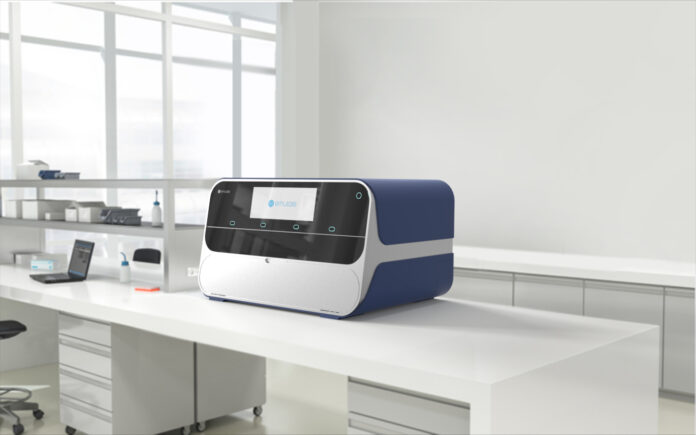Boston, Mass. — Emulate, Inc., a leader in Organ-on-a-Chip technology, has announced the commercial release of the AVA™ Emulation System, a self-contained benchtop instrument that cultures, incubates, and images up to 96 independent Organ-Chip samples in a single run. The launch marks a major advancement in preclinical research, enabling faster, more cost-effective drug development while providing human-relevant data at a scale not previously achievable.
Designed to streamline and accelerate drug discovery, AVA combines Emulate’s proven Organ-on-a-Chip technology with automated imaging, high-throughput capabilities, and integrated environmental control. This allows researchers to conduct complex biological experiments with greater precision and efficiency than traditional animal models. The system significantly reduces laboratory labor and consumable costs—by half and fourfold, respectively—compared to previous technologies, while generating data more rapidly and at larger volumes.
Jim Corbett, CEO of Emulate, emphasized the system’s transformative potential. “AVA gives scientists unprecedented experimental capacity with the biological depth of live human tissue—something no other platform can match,” he said. “By integrating high-throughput consumables, automated imaging, and streamlined workflows in one benchtop unit, AVA enables research teams to move promising drug candidates forward faster.”
The launch of AVA comes as regulatory agencies, including the U.S. Food and Drug Administration, push for alternatives to animal testing. Emulate’s Liver-Chip S1, the first Organ-Chip admitted into the FDA’s ISTAND program, has already demonstrated superior predictive power over animal models, achieving 87 percent sensitivity and 100 percent specificity in detecting drug-induced liver injury. The AVA system now brings that level of biological fidelity to a wider range of applications across discovery, efficacy, and toxicology.
AVA’s design supports real-time data generation, with a single seven-day experiment capable of producing more than 30,000 time-stamped data points through daily imaging and biochemical analysis. When combined with post-experiment omics data, the result is a rich, multimodal dataset ideally suited for AI-driven drug discovery efforts.
Dr. Lorna Ewart, Emulate’s Chief Scientific Officer, said the system meets a critical need for both biological accuracy and throughput. “Moving towards the reduction and replacement of animal models demands tools that offer both fidelity and scale,” she said. “AVA delivers on both fronts, giving researchers the power to rank-order lead candidates, detect toxicities earlier, and bring safer therapies to patients more efficiently.”
With the AVA system now commercially available, Emulate aims to provide the pharmaceutical industry with the tools to make a definitive shift away from traditional animal studies and toward more predictive, human-relevant models for drug development.


